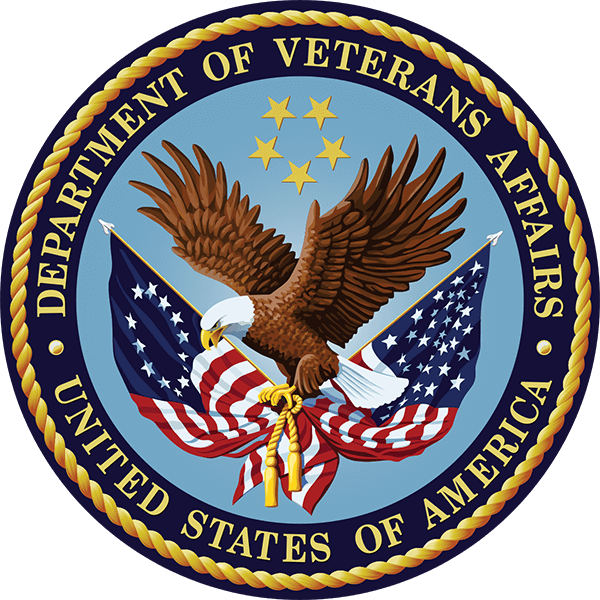The Korean War was fought from 1950 until 1953 and pitted the United States, South Korea, and their UN allies against North Korea and the Chinese Communists.
The Korean War is often called the “Forgotten War” because it was largely overshadowed by WWII and Vietnam. The importance of this war in the history of the United States and the world is vastly understated; this conflict marked the first clear battle of the Cold War. Tensions were already high between the Communist East and the Democratic West, and the Korean War certainly exacerbated the mistrust between the two sides. While this war is often forgotten, it is important that the Veterans who fought in this conflict are not also forgotten.
“Our Nation honors her sons and daughters who answered the call to defend a country they never knew and a people they never met”
Korean War Memorial
Statistics
- June 25, 1950 – July 27, 1953
- Total who served in all Armed Forces: 5,720,000
- Battle Deaths: 33,741
- Other Deaths (In Theatre): 2,833
- Wounded: 103,284
- Medals of Honor: 131
Unique Health Risks
Cold injuries including frostbite and immersion (trench) foot constituted a major medical problem for U.S. service personnel during the Korean War. Veterans of the Battle of the Chosin Reservoir are recognized as having suffered especially high rates of severe cold injuries. Cold accounted for 16% of Army non-battle injuries requiring admission and over 5000 U.S. casualties of cold injury required evacuation from Korea during the winter of 1950-1951.
In many instances, U.S. Service members did not seek or were unable to obtain medical care caused by cold injuries because of battlefield conditions. Documentation of such injuries may never have been made in their service medical records or may no longer be available.
It is important for health care staff examining and caring for Veterans who have experienced cold injuries to be familiar with the recognized long-term and delayed symptoms. These include peripheral neuropathy, skin cancer in frostbite scars (including in such locations as the heels and earlobes), arthritis in involved areas, chronic tinea pedis, fallen arches and stiff toes, nocturnal pain, and cold sensitization. These cold-related problems may worsen as Veterans grow older and develop complicating conditions such as diabetes and peripheral vascular disease, which place them at higher risk for late amputations.
Exposure to nuclear weapons
Korean War Veterans may have participated in atmospheric nuclear weapons tests which were conducted primarily in Nevada and the Pacific Ocean between 1945 and 1962.



